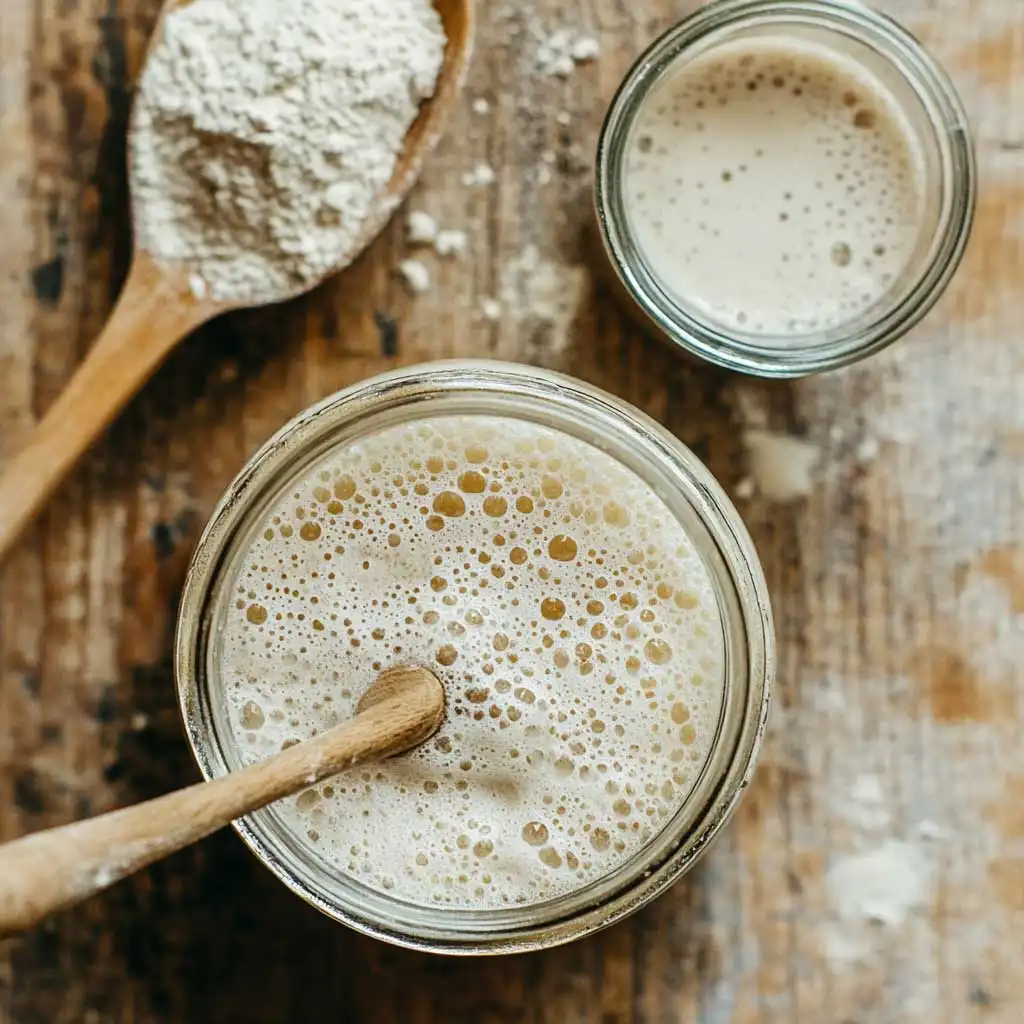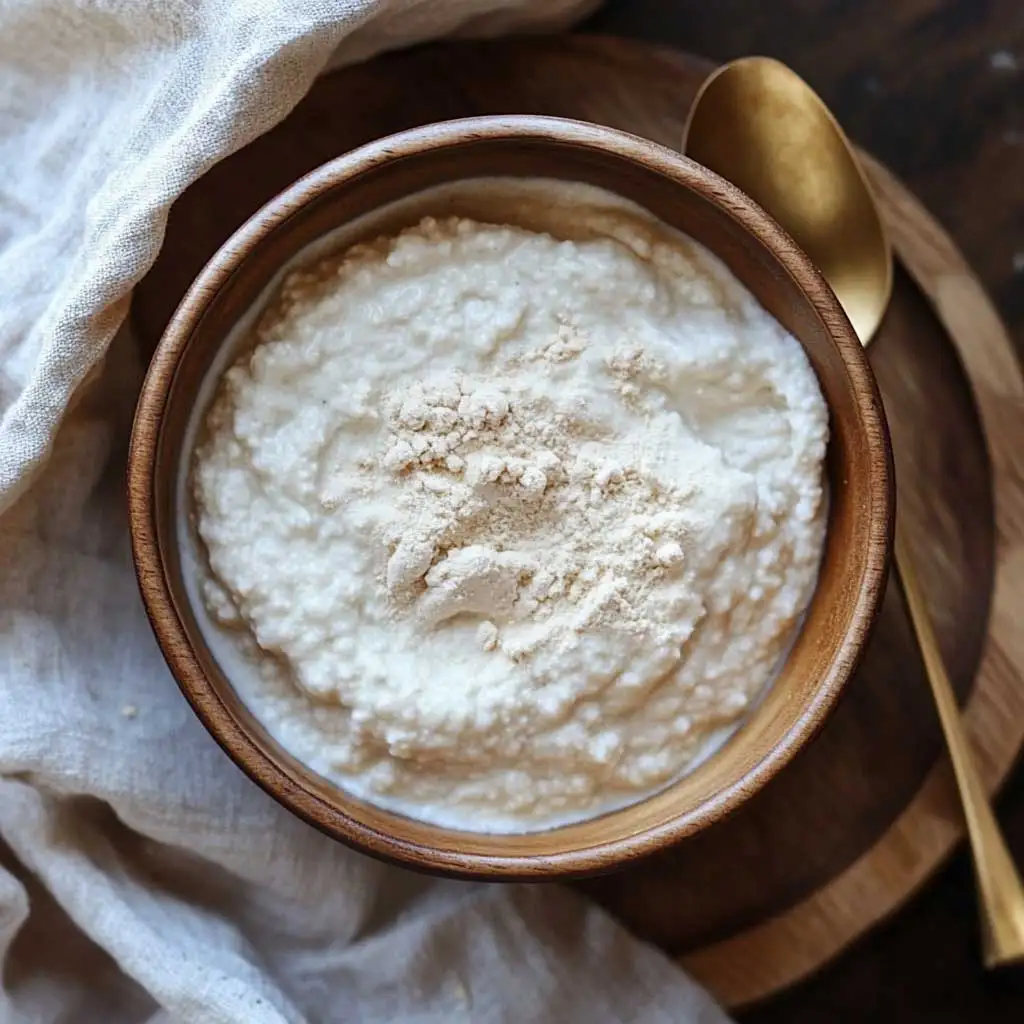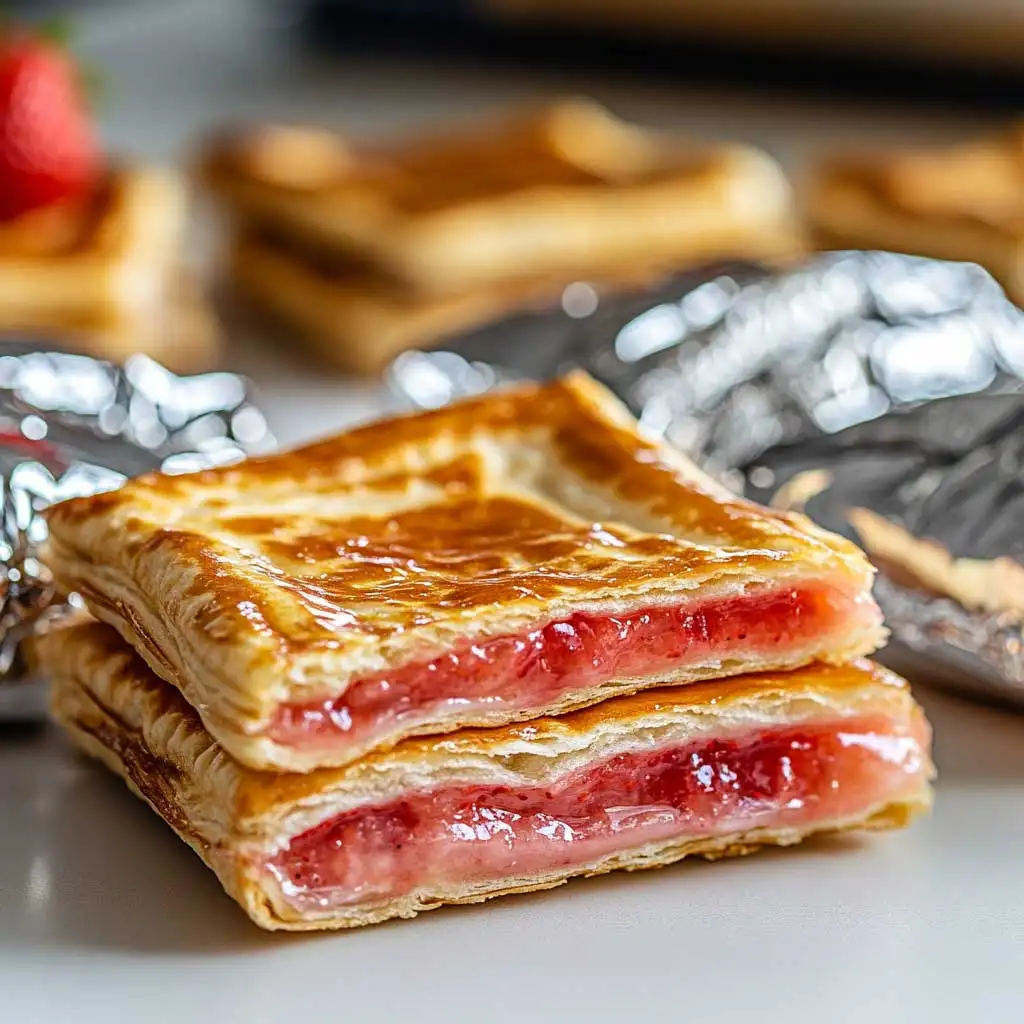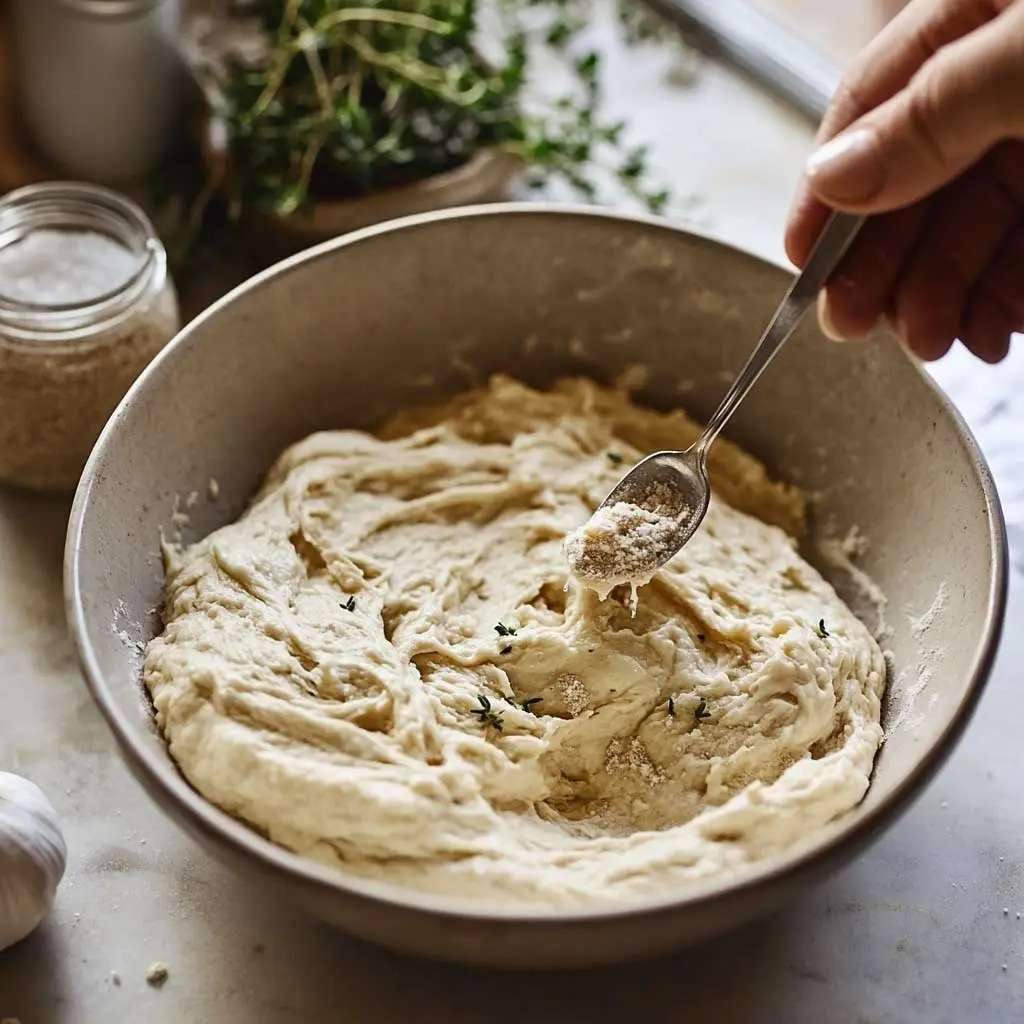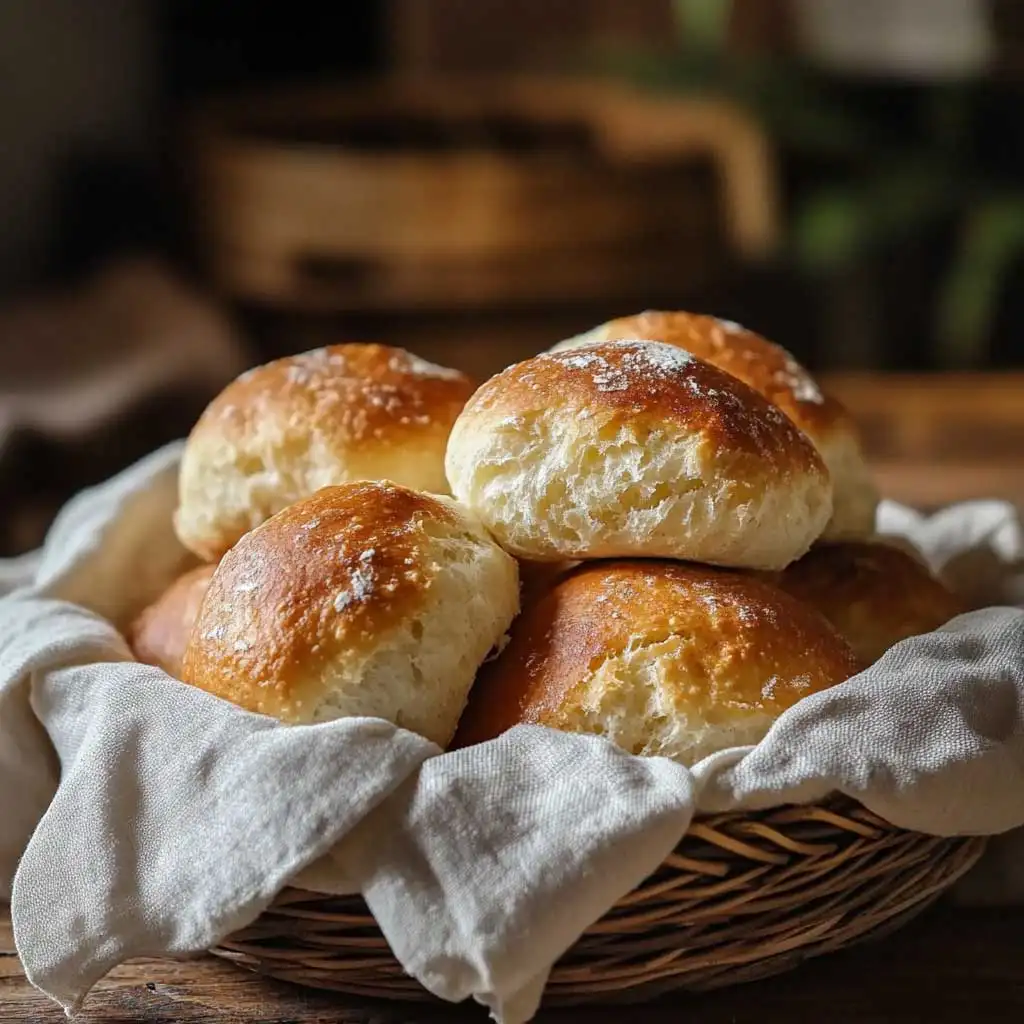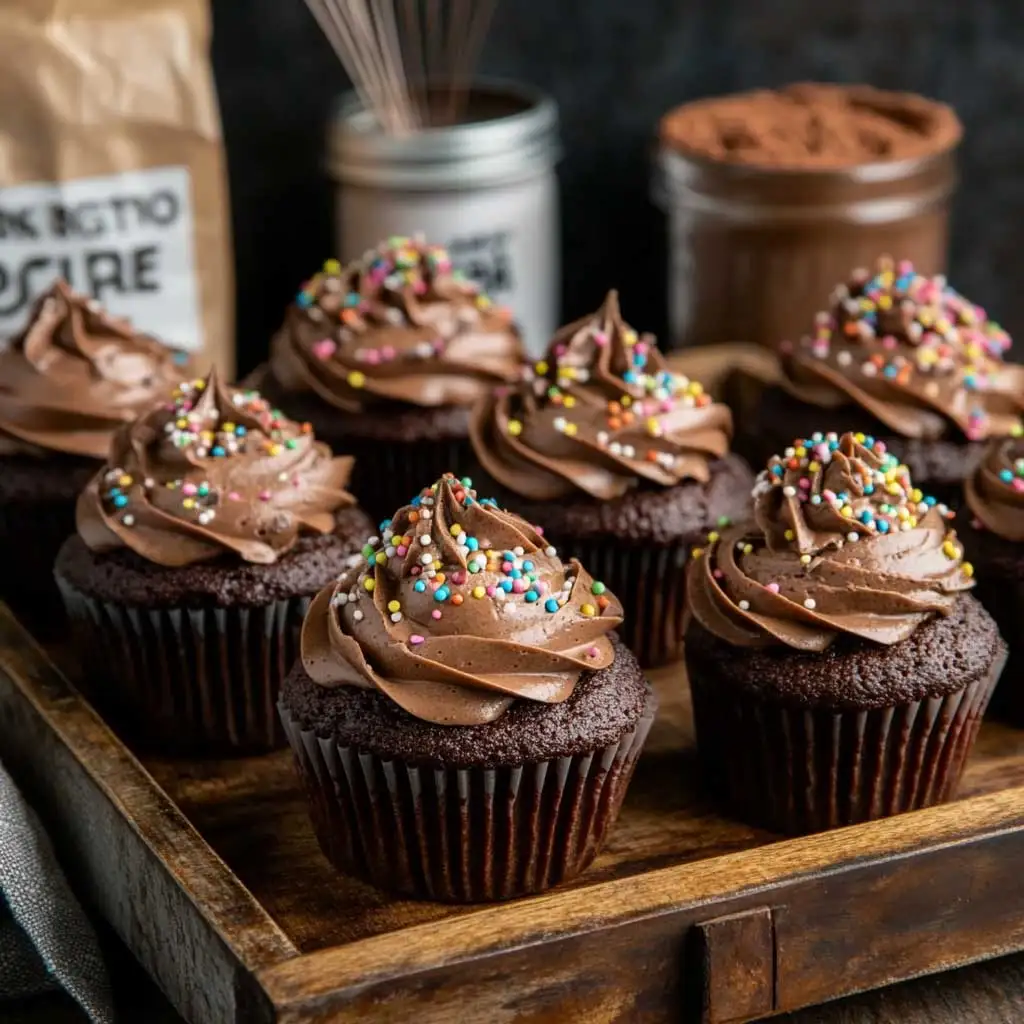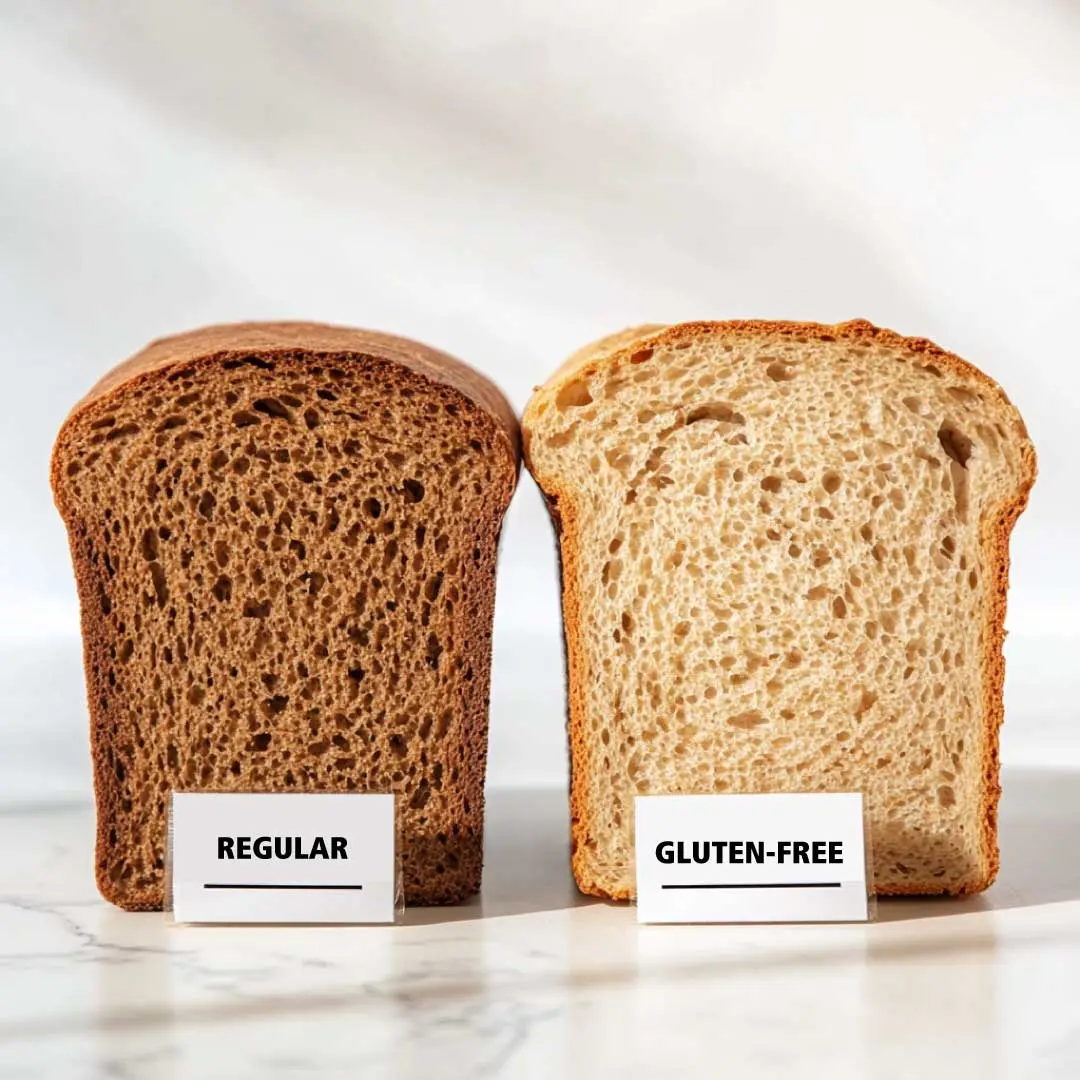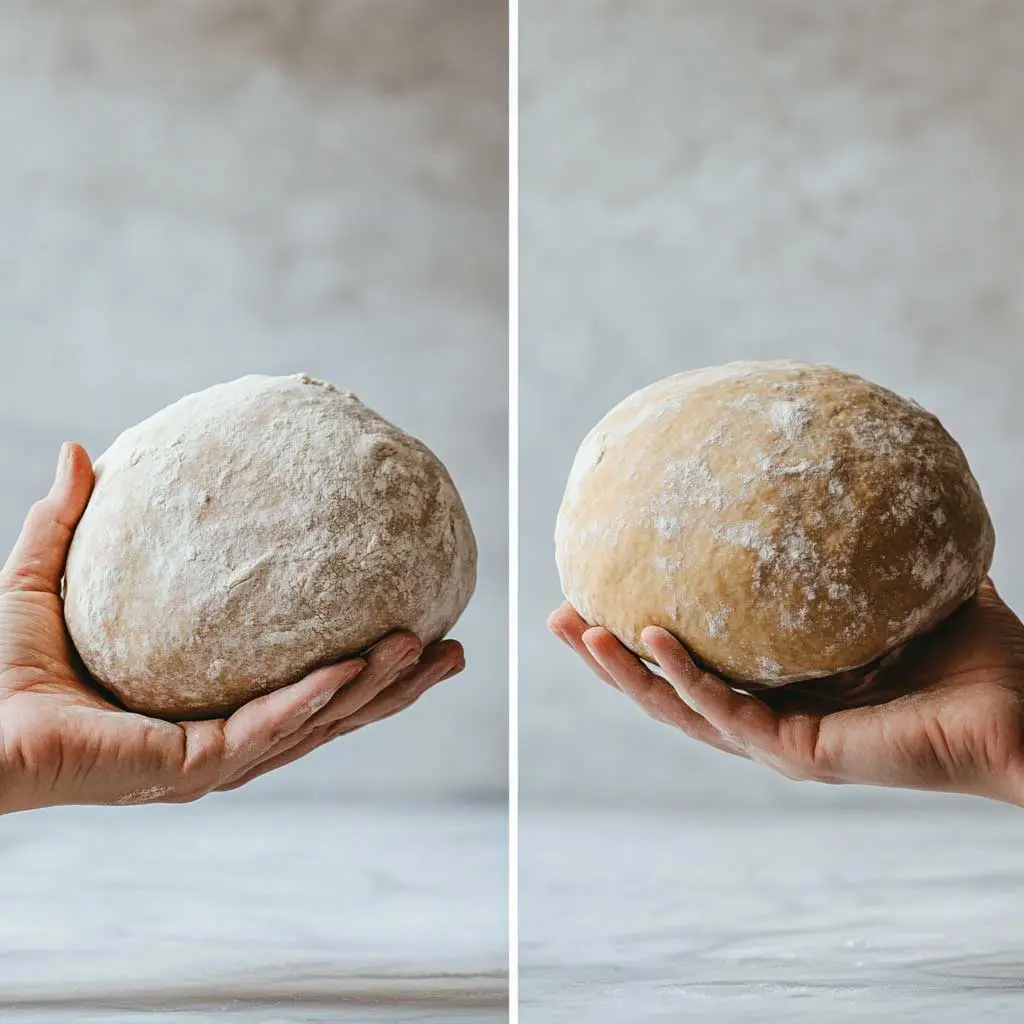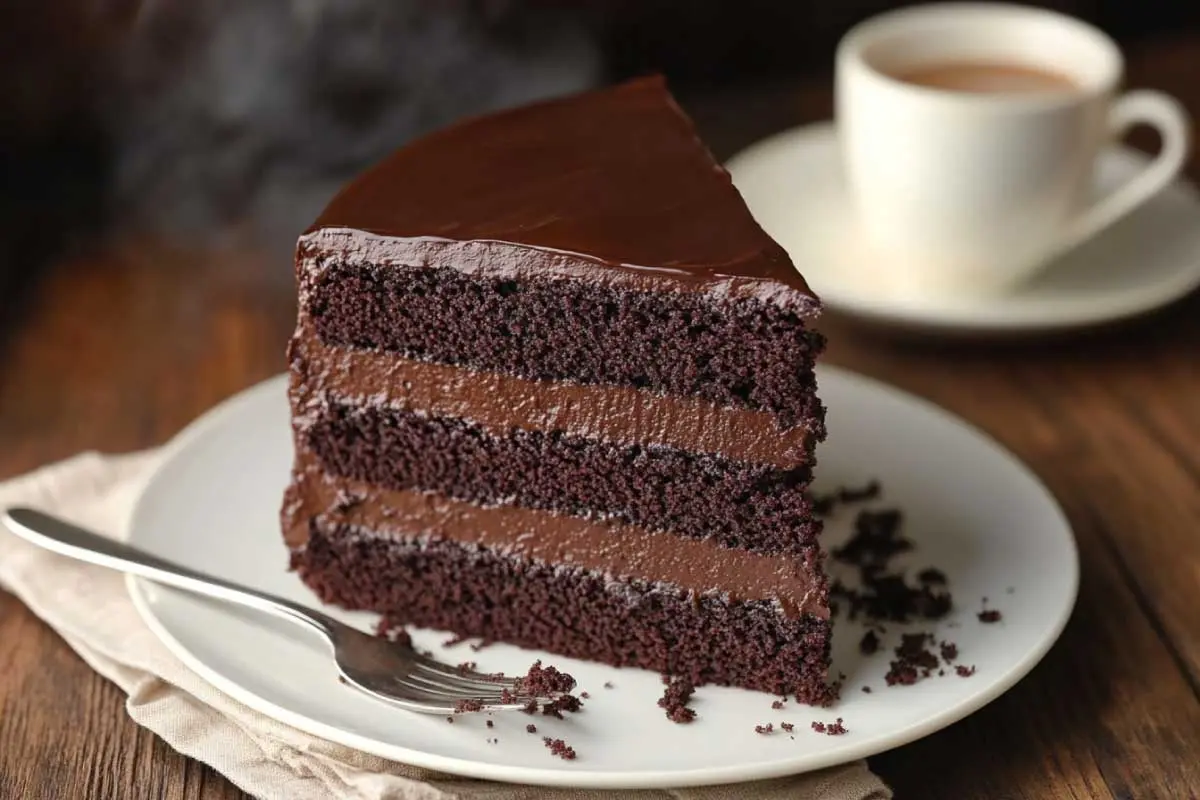
I know exactly what you’re thinking. “Sourdough? For cakes? Are we going too far with this whole sourdough trend?” Trust me, I had the same thought years ago when I accidentally fell down the baking rabbit hole during my lazy weekends. At first, sourdough seemed like the kind of thing you only used for tangy bread or chewy pizza crusts. But then, one fateful day, with an overly active starter bubbling menacingly on my counter, I asked myself the groundbreaking question: Can sourdough be used for cakes?
Spoiler alert: the answer is a (flour-dusted) YES. I’m here to break down why sourdough and cakes are a match made in flavor heaven and how you can master the art of sourdough desserts without scaring your buttercream away. If you’ve ever stared at your sourdough discard and wondered whether it could transform into something sweet—this post is for you.
But Really, Why Sourdough in Cakes?
Before diving into recipes or techniques, let’s clear the air: yes, sourdough can be used in cakes, and no, they won’t taste like tangy bread unless you want them to (which, hey, could be fun if you’re into edgy dessert experiments). Sourdough in cakes is all about balance: it creates moist, tender layers while introducing a depth of flavor that boxed mix cakes simply can’t compete with.
Here’s what makes sourdough so magical in cakes:
- Moisture Queen: Sourdough’s natural fermentation process helps trap moisture in your cake, making it ridiculously soft and tender.
- Flavor Boost: That complex “tang” balances sweet ingredients like sugar and frosting. Think of it as your cake’s secret ingredient—it’s subtle but unforgettable.
- Natural Leavening: If you’re feeling extra fancy, an active sourdough starter can replace some of the additional leaveners (like baking soda or powder).
- Waste Reduction: Got leftover sourdough discard? Bingo. Pop that into your cake batter and watch it transform from “kitchen waste” to “dessert genius.”
Sourdough discard cakes are especially forgiving—they’re not nearly as temperamental as sourdough bread. For all the beginner bakers out there stressed about whether their starter’s bubbly enough, know this: even the flattest discard can transform into the fluffiest dessert.
Using Sourdough for Cakes: What You Need to Know
Here’s where it gets fun. Baking sourdough cakes isn’t all that different from baking “regular” ones, but there are a couple of things to consider:
1. Sourdough Style: Active vs. Discard
You can use either an active starter or sourdough discard in your cake batter. Here’s the difference:
- Active Starter: If your starter is bubbly and fed, it adds little pockets of natural leavening to your cake’s crumb. Great for sponge cakes or lighter-textured bakes.
- Discard: This is the starter you’d usually toss when feeding it. Discard doesn’t have the same rising power, but it’s packed with flavor. Bonus? It’s waste-friendly and works perfectly in denser cakes like carrot or chocolate cake.
2. Acidity Check
Sourdough brings some acidity to your batter, which actually works in your favor when balanced with the right ingredients. The acidity tenderizes your cake and activates leaveners (like baking powder) for an extra rise.
- If your recipe calls for milk, consider swapping it with buttermilk or yogurt to complement sourdough’s tang.
- Using acidic fruits like lemon or orange? Even better—this combo is a chef’s kiss.
3. Resting Time (Optional)
For bakers who are patient (not me, but I aspire to be), letting your sourdough cake batter rest for an hour or two before baking deepens the flavor. This extra fermentation step is totally optional but wildly worth it if you’re going for gourmet vibes.
So, What Kinds of Cakes Work Best With Sourdough?
Honestly? Almost any cake recipe can welcome sourdough with open arms if subbed correctly. But through my kitchen experiments (read: both flour-filled victories and complete disasters), I’ve discovered that certain cakes are matchy-matchy with the sourdough vibe:
1. Carrot Cake

Carrot cake and sourdough are soulmates. The starter’s tang cuts through the rich cream cheese frosting, while its moisture amps up the grated carrots and spices. For a foolproof starting point, check out Sourdough Carrot Cake: Tangy, Sweet, and Moist Goodness to get a sense of how versatile sourdough can be in baked goods.
2. Chocolate Cake
Hear me out: sourdough + chocolate = perfection. The fermentation intensifies cocoa powder’s richness, giving you a cake so decadent it might make brownies jealous. Oh, and it’s the kind of treat that improves after a day (if you can wait that long).
3. Lemon Pound Cake
Looking for something zingy? Sourdough enhances citrus flavors beautifully, making lemon pound cake a no-brainer for your next bake.
4. Coffee Cake
The tang of sourdough pairs perfectly with sweet, crumbly streusel toppings. Add a little cinnamon swirl in the middle, and you’ve officially won at breakfast.
Adapt Any Cake Recipe to Include Sourdough
Okay, DIY time. If you’ve got a favorite cake recipe on hand and want to give it a sourdough twist, here’s how to make it happen:
- Replace Flour and Liquid: Cut back about ½ cup of flour and ½ cup of liquid (like milk or water) from your recipe. Replace those with 1 cup of sourdough discard or starter.
- Adjust Sugar (Optional): If your sourdough discard is extra tangy, throw in an extra tablespoon of sugar. This helps maintain a balanced flavor.
- Mix Gently: Sourdough batter is delicate, so avoid overmixing or aggressively whipping. Treat it like royalty—it deserves respect.
Recipe: Sourdough Chocolate Cake
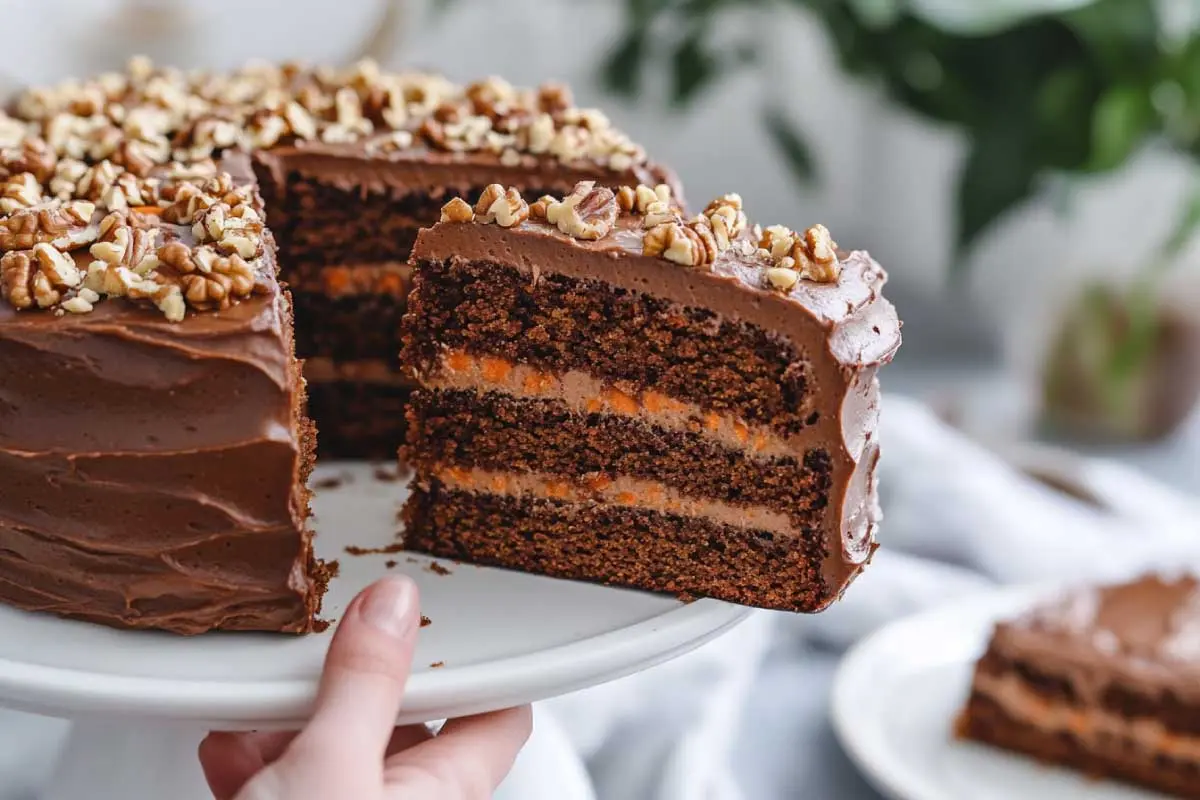
Ready to give this whole sourdough-in-cakes thing a go? Let’s start with a no-fail chocolate cake recipe that’s ridiculously moist and rich.
Ingredients:
- 1 cup all-purpose flour (120g)
- ½ cup sourdough discard (120g)
- ¾ cup granulated sugar (150g)
- ½ cup unsweetened cocoa powder (50g)
- 1 teaspoon baking powder
- 1 teaspoon baking soda
- ½ teaspoon salt
- 1 large egg
- ½ cup buttermilk (120ml)
- ¼ cup vegetable oil (60ml)
- ½ cup hot coffee (120ml)
Instructions
- Preheat your oven to 350°F (175°C) and grease an 8-inch round pan.
- Mix dry ingredients (flour, cocoa powder, baking powder, baking soda, and salt) in a large bowl.
- In another bowl, whisk together the sourdough discard, sugar, egg, buttermilk, and oil until smooth.
- Gradually add the wet mixture to the dry, stirring gently. Then, pour in the hot coffee and mix until just combined. The batter will look thin—that’s normal!
- Pour into your prepared pan and bake for 30-35 minutes, or until a toothpick comes out clean.
Pro Tip: Frost it with whipped cream or a simple ganache. Or eat it plain. I won’t judge.
FAQs: Can Sourdough Be Used For Cakes?
Isn’t sourdough too tangy for sweet desserts?
Not at all! When paired with sugar, fruits, or chocolate, sourdough’s tang becomes a subtle background note that enhances other flavors rather than taking over.
What kind of starter works best for cakes?
Both active starter and discard work wonderfully. Discard is easier to use since there’s less timing pressure, so start there.
Whether you’re an experienced sourdough baker with a thriving starter or someone still learning the ropes, incorporating sourdough into cakes is an adventure worth taking. From rich chocolate cakes to classic fruit-studded coffee cakes, the possibilities are endless—and delicious.
Speaking of possibilities, if you’ve been dabbling in other sourdough-based bakes, don’t forget to try Sourdough Biscuits: A Time-Tested Recipe for Fluffy, Tangy Goodness. You just might discover your next obsession.
So, what are you waiting for? Get that starter out of the fridge, stir up some cake batter, and show your oven who’s boss. Can sourdough be used for cakes? The answer was always, “Why not!” All that’s left now is to bake (and eat).




